Hempcrete Vs. Concrete – How Do They Compare?
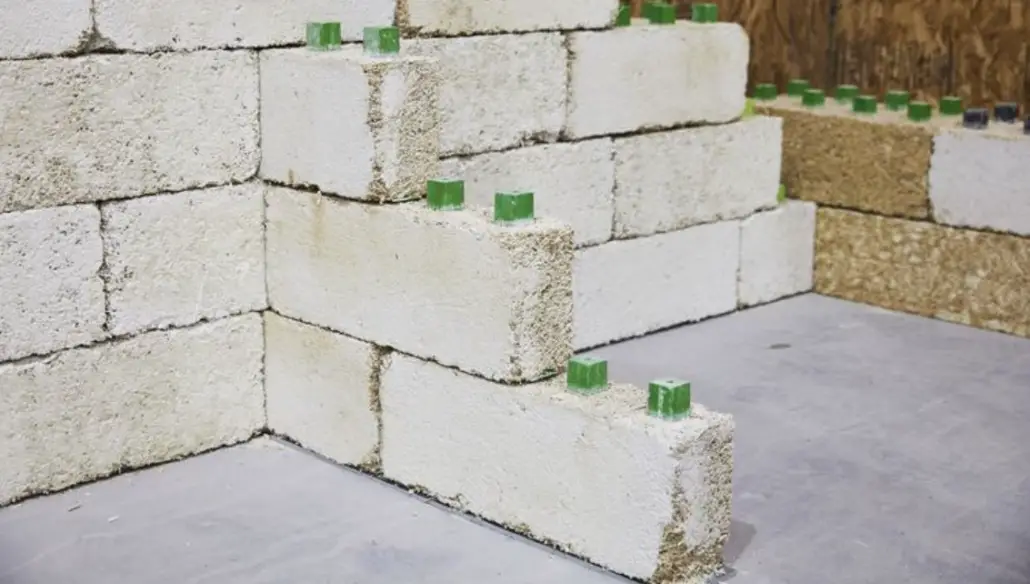
In a world where protecting our environment is becoming increasingly important, even industries like construction are being innovative towards this case.
While there are new products, there are also tried and true products that are becoming more and more popular as people get to know them.
In this guide, we are going to take a look at Hempcrete vs. Concrete and see just how hempcrete measures up.
Hempcrete Vs. Concrete Overview
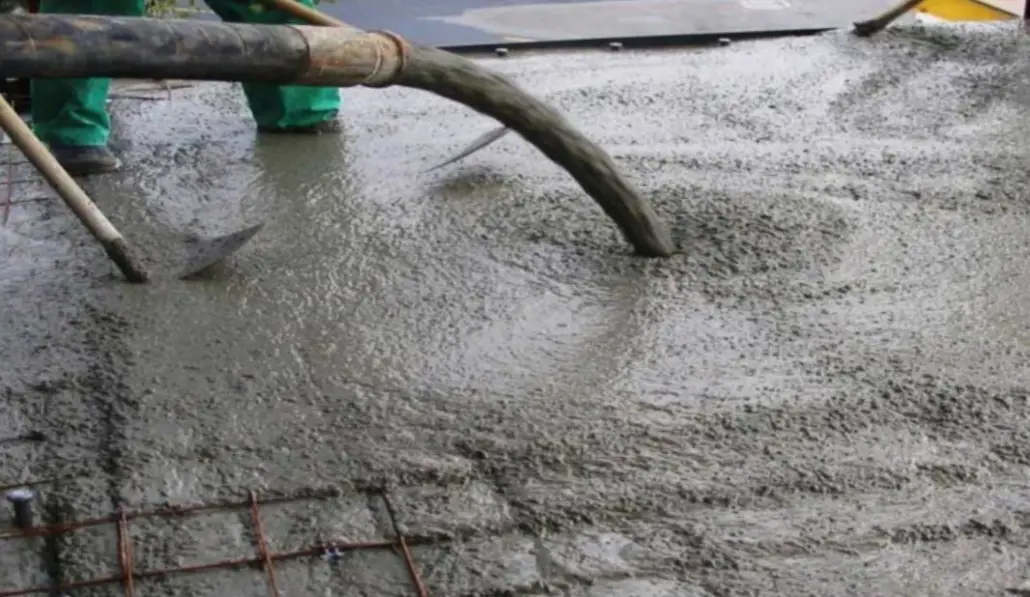
If you’re looking for an alternative to concrete, hempcrete might be an acceptable replacement in some instances.
At a glance, you will find that hempcrete is a bio-composite material.
According to American Lime Technology, hempcrete is described as bio-composite that is made from the inner woody core of a hemp plant. That core is then mixed with a lime-based binder.
You might also hear hempcrete called by other names. Titles like canobiote, canosmose, isohemp, and isochanvre all refer to hempcrete and are interchangeable terms here.
Hempcrete is not nearly as strong as concrete overall but it can be useful in its own way and can also be very versatile to work with, which is an added bonus. It’s a lightweight material so it isn’t really used for strength but for other purposes.
What Exactly Is Hempcrete?
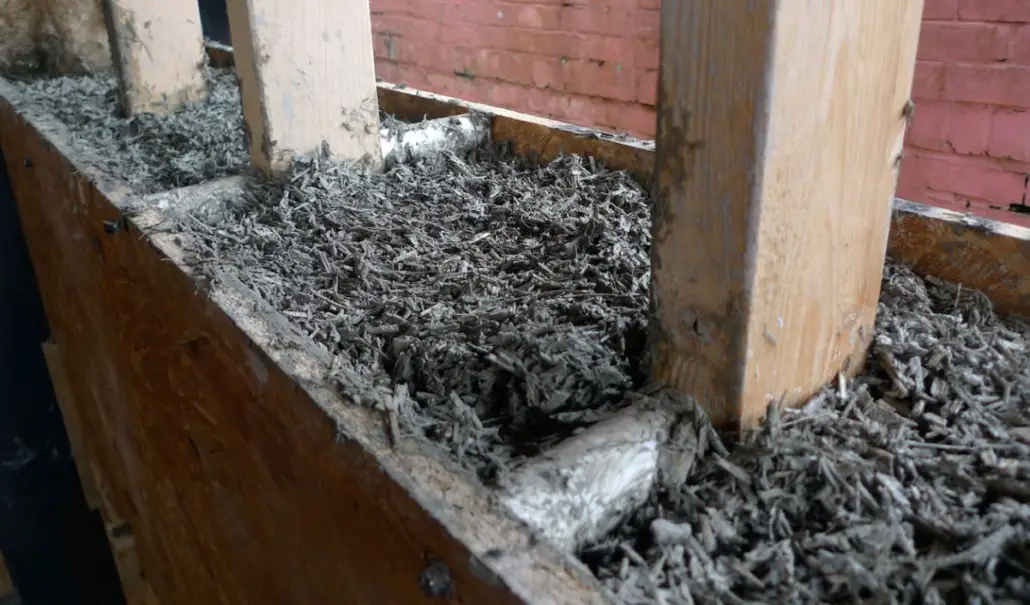
We mentioned in our introduction that hempcrete is considered to be a bio-composite material.
It’s composed of the core of a hemp plant, mixed with a binder that is typically lime or limestone based.
The lime and hemp combination make hempcrete lightweight and almost soft but it binds well thanks to the silica content in hemp.
All of these things combine together to create a material that works well for insulating purposes using all-natural fibers.
It’s incredibly lightweight and will feel like paper in your hands compared to a similarly sized piece of concrete. According to American Lime Technology, the material weighs more like 1/8 of the weight of concrete per inch in comparison. This gives you a pretty good overview of the weight of the product.
When hempcrete is used, it’s mixed with mortar for a short time frame. It has to be hand-stuffed into those places rather than formed into a steady mold or something similar. It can be made into prefabricated pieces.
Characteristics Of Hempcrete
Hempcrete will look very different in appearance. It has fibrous materials. This fibrous outlook really does a lot to provide strength to a surface without the worry of cracking.
Hempcrete is typically not used by itself for foundational purposes but is often paired with things like steel or nylon because it can insulate them and then they provide the strength for hempcrete.
Hempcrete traps air in a sense. With the trapping, it helps to better insulate a structure that is reinforced with ‘breathable’ hempcrete.
Why Type Of Climate Does Hempcrete Suit?
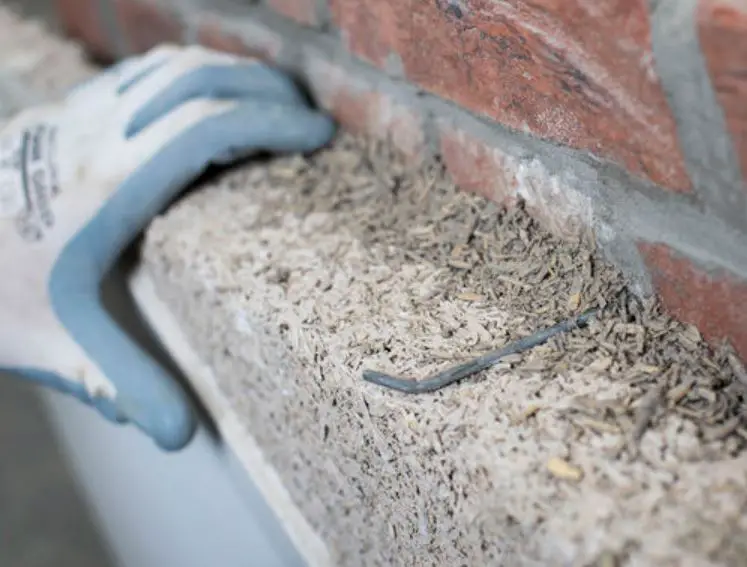
Hempcrete Direct recommends hempcrete for all climates and all weather conditions.
Since it is insulating in nature, it can work well with both hot and cold climates. In a cold climate, it will help the structure retain heat and do so more efficiently.
On much the same note, it can work well for insulation in warm climates too. It has good insulation for keeping the heat outside and the cool air inside.
A study from Research Gate describes hempcrete has having low thermal conductivity so it won’t lead to overheating or not keeping warm enough in any climate.
What Exactly Is Concrete?
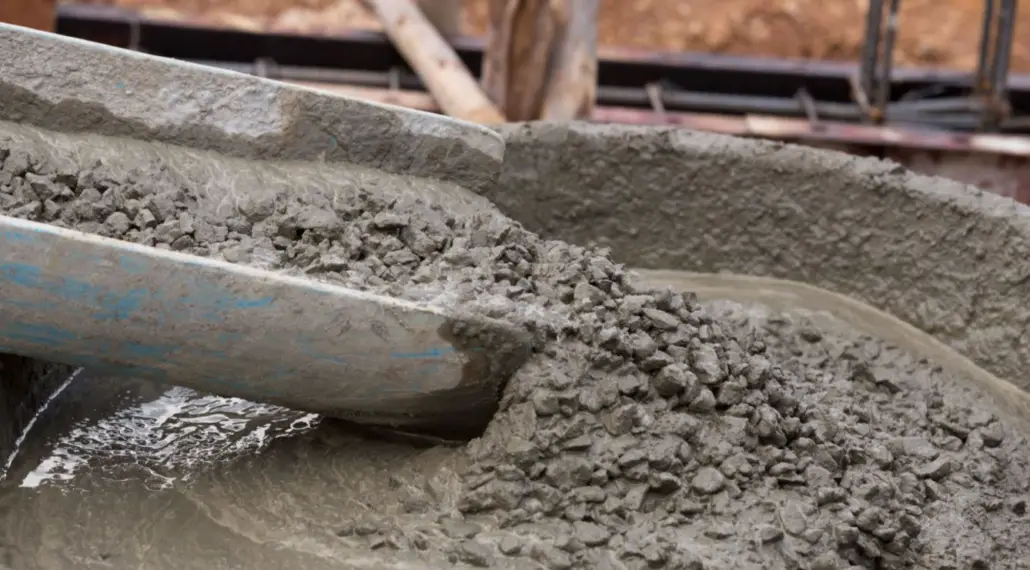
Now, let’s take a look at concrete. We know that concrete is a heavy-duty material and is strong and sturdy.
Concrete has long been a popular construction material because you can do a lot with it and while it’s not cheap, it’s not as expensive as some of the other construction materials out there.
Concrete tends to be easy to produce as well. Concrete Network is made using components like rock, sand, and gravel, mixed with water. It’s not a guaranteed compound of any specific element or percentages but uses these aggregates.
When you purchase concrete, it comes in powder form and then must be mixed. If you are doing construction, they will bring in a concrete truck or mix it themselves on site.
Characteristics Of Concrete
Concrete is solid and sturdy. It can sometimes be a bit porous and it has its limitations. It’s known for being heavy-duty.
Concrete can easily be molded into whatever you need it to be. It can be used as a foundation, as blocks, or as something else. It is not even unusual to have entire buildings made from concrete.
Concrete can be recycled as well and almost re-used as a fill if you break it up or tear it up. It is granular in nature and typically is in powder form and then mixed up into a wet solution to create what it is needed for.
Once it has been poured or laid or molded, it has to set so it can cure. The curing process hardens the materials and makes it a giant, heavy, durable mass.
What Type Of Climate Does Concrete Suit?
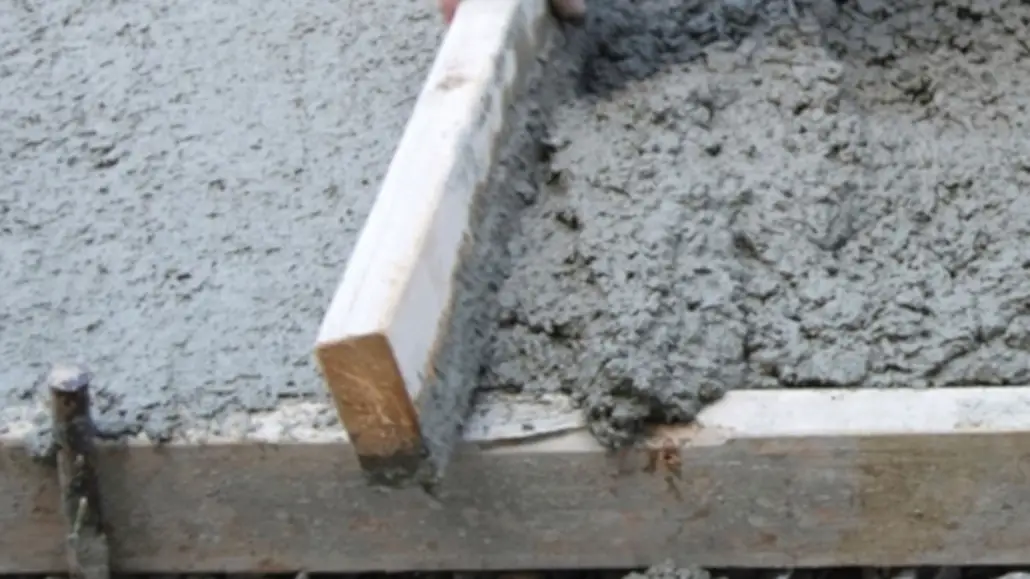
Concrete can be used in any climate really but it may take longer to prepare and cure if the climate is too cold or too humid for the mixture.
Unique Paving Materials tells us that the best temperature to pour concrete in is between 40 and 60 degrees Fahrenheit.
However, if the temperature drops below that, it will make the curing process much slower and could also potentially cause the concrete to not be as strong.
All the same, you can also run into issues in hot climates. While the concrete will cure faster and may be stronger right away, it may not be a lasting strength.
Hempcrete Vs. Concrete Price Comparison
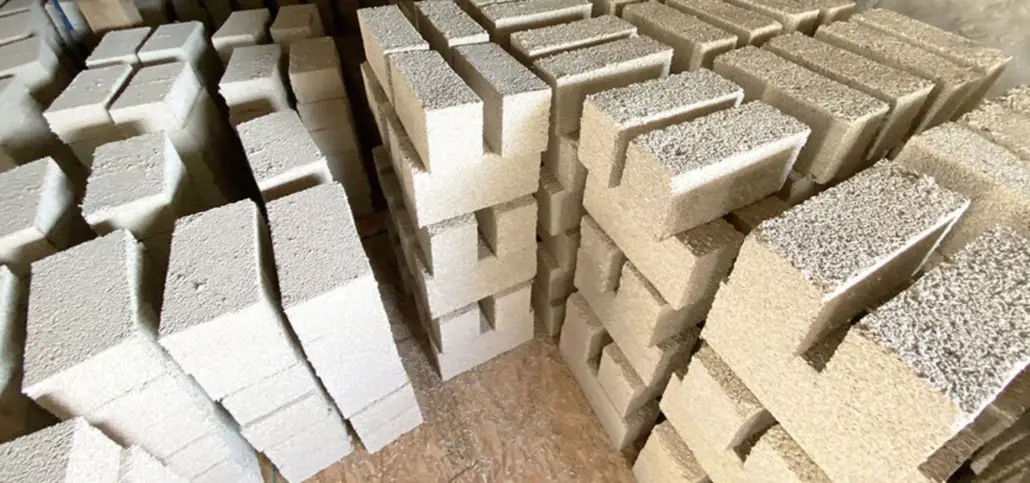
In this case, concrete is the more affordable material. Hempcrete can actually be pretty pricey and will be more expensive to use.
According to Hempbuzz, hempcrete is about $135 per square meter or space covered while concrete is only about $80 per square meter. This is a pretty significant jump as far as price goes.
While hempcrete is more expensive up front, it might pay off in some ways over time. It does help to regulate temperatures far better than concrete does. It works great in different climates and is pretty easy to work with overall.
FAQs
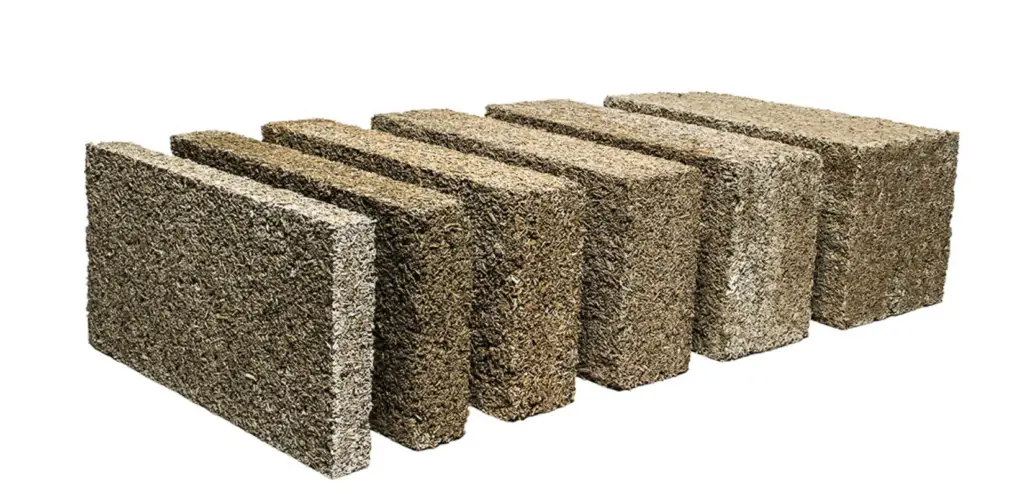
Is Hempcrete Or Concrete More Popular?
It really depends on the region. Many locations outside of the U.S. have really turned to using hempcrete quite a bit. It can be incredibly useful for insulation purposes.
It’s hard to say which is more popular because they don’t really have the same uses when you drill down into what they are good for. Concrete is built to be load-bearing and is used for far more instances than hempcrete. In this way, concrete might be more popular.
On the flip side, hempcrete is often used as an insulation rather than as a building material. It’s far better for this purpose as opposed to concrete so in this case, hempcrete may be more popular.
Which Is Stronger?
As a whole, concrete is much stronger than hempcrete. Hempcrete is not used for strength.
When hempcrete is used for walls or ceilings, or anything like that, it is typically used in combination with another sturdy material.
Hempcrete might be placed inside of something steel or even hollow concrete but it won’t be a stand-alone material for bearing a load. This makes concrete stronger overall.
Which One Weighs More?
Hempcrete is a very lightweight material. It’s designed to be light and versatile.
Concrete, on the other hand, is very heavy and made to be heavy-duty as well so you will find that it weighs a lot more in contrast to hempcrete.
Can You Screw Into Hempcrete?
Hempcrete can be made into a solid and sturdy material. While it will always remain lightweight and be paired with other building materials, it does harden.
This means that once it is fully cured, hempcrete can be screwed or even nailed into. It can hold nails and screws. What you will need to know is that if the item being attached is very heavy, you may need a stud or anchor process to really support the weight.
Keep in mind that hempcrete is not meant to be load bearing so it can only handle so much pressure in this scenario.
I would think twice before hanging a boxing bag from a hempcrete wall for example.
Which One Lasts Longer?
When you compare the lifetime of each of these, hempcrete is thought to last longer when it is properly used and cured.
Hempcrete could potentials last for a thousand years if the building is well-maintained and taken care of. This material is fire-resistant, pest-resistant, and can handle climate and weather.
Concrete will also last a long time but may be more limited than hempcrete. Concrete is thought to last at least 50 years but it could also potentially last a thousand years as well.
Conclusion
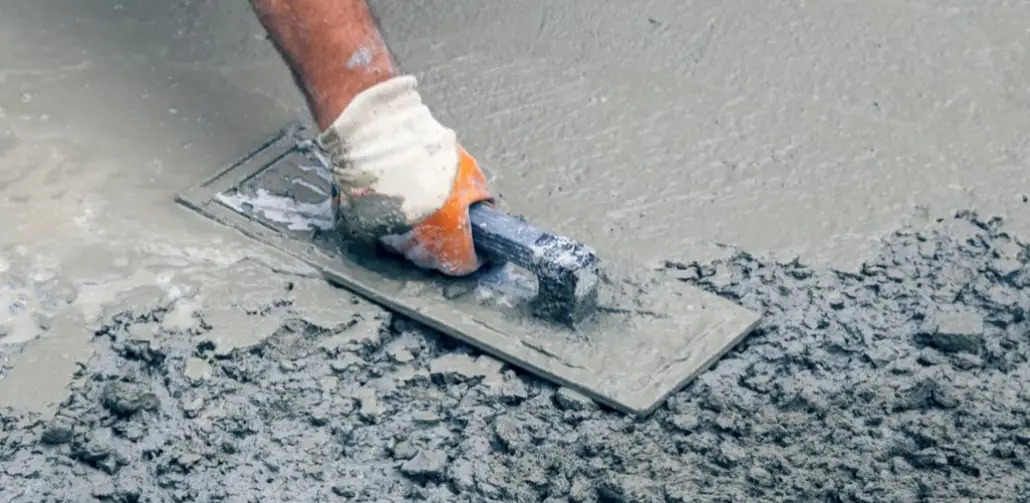
Hempcrete and concrete are very unique and individualized products.
They both can be great in their own ways but one is not really meant to replace the other.
What works for you will primarily depend on what your needs are and what you are looking to accomplish in the end.


